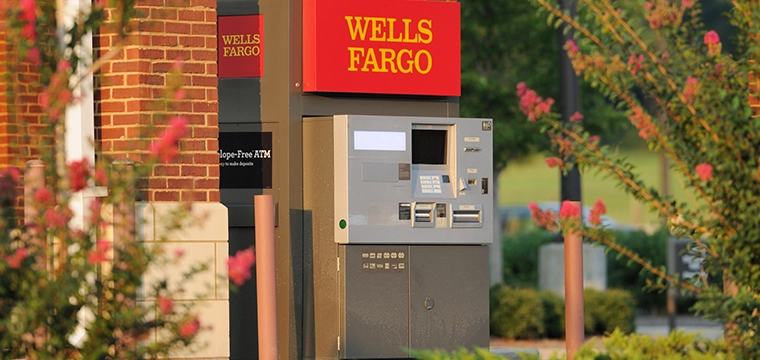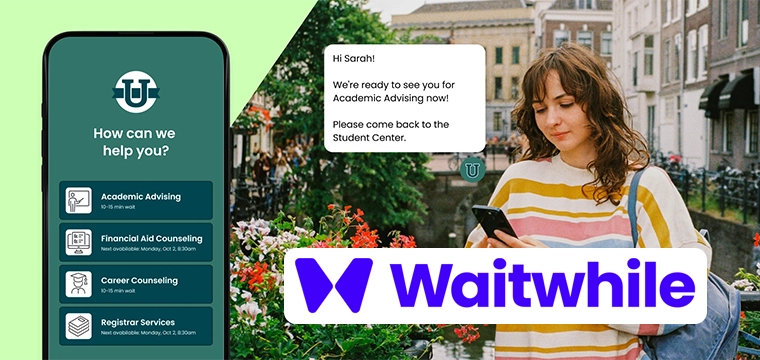USB-connected and embedded reader modules helping facilitate move to mobile IDs
In a recent CampusIDNews Chats interview, Danny Anthes, Director of Business Services Technology and Applications at the University of Virginia, discussed how the school leverages ELATEC reader technology across campus.
UVA uses USB-connected and embedded reader modules to enable students to interact with various systems including dining, bookstores, and printing services. These readers connect directly to devices like cash registers and copiers, allowing students to tap their ID cards – and soon-to-be-released mobile credentials – without handing them over.
For financial transactions, we send the entire stream up to our one card system, but for the library we will parse out a shorter string of data so students can tap their cards or mobile devices at the self-checkout kiosk.
This summer, UVA is introducing biometric readers from Princeton Identity, integrated with ELATEC embedded module to provide easier access for athletes returning from practice. These readers will also be configured for use with mobile credentials and UVA’s forthcoming custom key, ensuring future compatibility.
Anthes emphasized the flexibility of the ELATEC readers, which can be customized to send different data strings depending on departmental needs. For example, dining services require full data streams for processing transactions through the one-card system, while the library will use shorter data strings for self-checkout kiosks.
To hear the full interview, click the image at the top of the page.
TRANSCRIPT
I'm Danny Anthes, Director of Technology and Applications at University of Virginia. I work for business services there, IT operations for all the business services.
We use ELATEC readers to help facilitate students' interaction with our systems in dining, the bookstores, as well as our print and copy services – allowing students to tap a card there, allow that card to go up to our one-card system, do its checks it needs to do, return back to those systems, whether they're allowed to get in or not.
For us, those readers face the students, hopefully allowing them to self-service in almost all cases where they can just tap the card themselves or when we go to mobile credential this summer, tap their phone and get an access to those facilities.
We use the USB ELATEC readers. Typically they are plugged into the cash registers or directly to the copier or to the registers at the bookstore as well.
We plug those directly in, so it allows us to take those readers and place them out in front of the students so the ID card doesn't have to leave the student's possession.
This summer, we are also planning to deploy biometrics readers from Princeton Identity that allow students to use their biometrics to gain access to facilities.
We're doing this primarily for athletics, to allow athletes easier access when they don't have their credential with them after a practice. So they can get back into their facilities or locker rooms.
These biometric readers have the ELATEC embedded module in them, so when we get them this summer, we anticipate being able to reprogram and then it get them ready for mobile credential as well as our custom key when we migrate to that.
We are planning to deploy these all across campus.
As a part of that, different applications will get different data depending on what they need.
In the case of dining and point of sale transactions, we're looking to send the entire stream up to our one card system to allow it to do the full processes it needs to do.
We're also working with the library, hopefully giving them a solution as well, so students can tap their cards or mobile devices at their self-checkout kiosk. We'll probably send shorter strings to them so they won't have to worry about the rest of the string data.
So we can customize the output for departments as they might need it, whether it's the library or other departments we have within the university.
We are also using the ELATEC readers to move our path forward to mobile credential as well as our new custom key. I'm hoping there's more we can do after our mobile deployment to really extend the use of our IDs.
These readers are a great tool to allow us to use our IDs in ways that we might not have thought of before, integrating with more systems across campus and working with more departments and making a better experience for both students and staff.




